Cloud Observability vs Cloud Monitoring: Which One Actually Improves Uptime?
- Nitin Yadav
- Knowledge
About
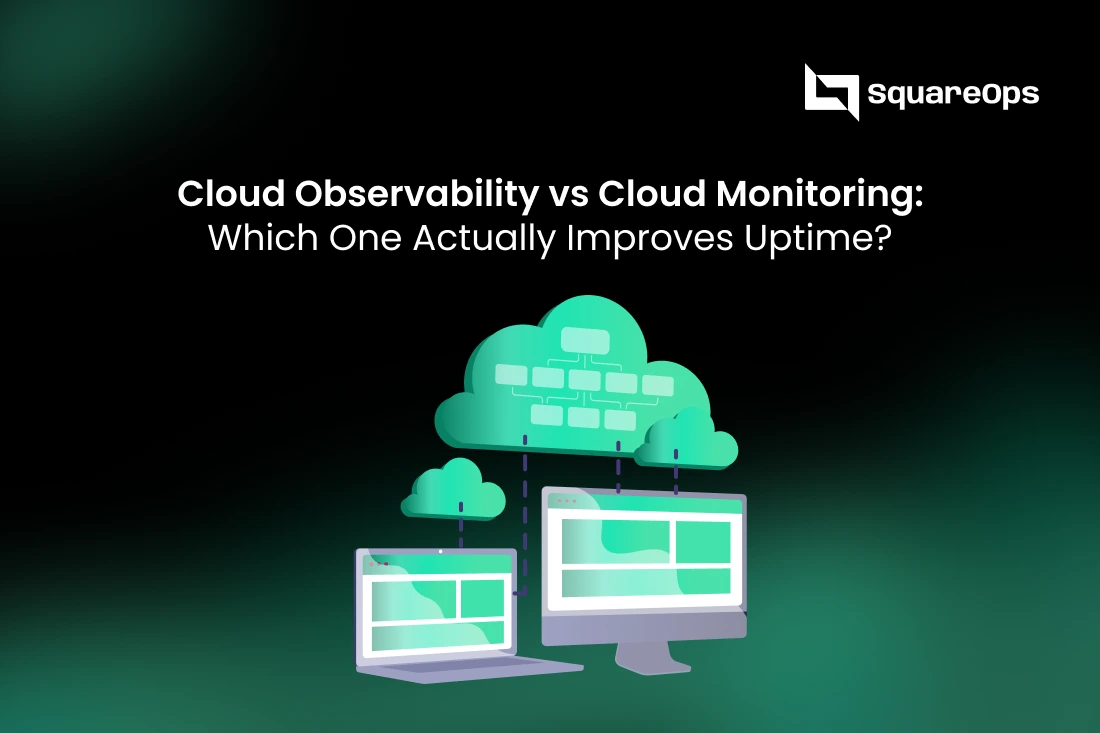
Boost SRE uptime with cloud observability + monitoring. See how logs, metrics & traces cut MTTR and prevent outages across AWS, Azure & GCP for 99.99% reliability.
Industries
- 99.99% uptime, AWS CloudWatch, Azure Monitor, cloud monitoring solutions, cloud observability services, Datadog, DevOps observability, distributed tracing, Google Cloud Monitoring, Honeycomb, incident response automation, logs metrics traces, MTTR reduction, multi cloud observability, New Relic, OpenTelemetry, proactive reliability, real time cloud monitoring, Site Reliability Engineering, SRE uptime
Share Via
Every second of downtime hurts. According to Gartner, the average cost of IT downtime can exceed $5,600 per minute, and for large enterprises, it’s often far higher. In today’s SaaS-driven economy, users expect services to be always on, always fast, and always reliable.
But here’s the problem: many enterprises think their cloud monitoring solutions are enough to ensure uptime. In reality, monitoring alone often leads to blind spots. That’s where cloud observability services come in, offering deeper insights and proactive reliability strategies.
So, which one actually improves uptime: monitoring or observability? Let’s break it down.
What is Cloud Monitoring?
Cloud monitoring refers to the process of tracking the health and performance of cloud infrastructure. It utilizes predefined metrics and thresholds to alert teams when an issue arises.
Scope of Cloud Monitoring
- Tracks CPU, memory, and disk utilization.
- Monitors latency, throughput, and error rates.
- Provides real-time dashboards for performance metrics.
- Alerts when predefined thresholds are exceeded.
Examples of Cloud Monitoring Solutions
- AWS CloudWatch
- Azure Monitor
- Google Cloud Monitoring (formerly Stackdriver)
- Datadog
- New Relic (basic monitoring features)
Limitations of Cloud Monitoring
- Reactive: Only tells you something is wrong once it happens.
- Limited scope: Focuses on known failure conditions.
- Blind spots: Doesn’t explain why a failure occurred.
Monitoring is critical but not enough for modern distributed systems.
What is Cloud Observability?
Cloud observability goes beyond monitoring. It provides end-to-end visibility into the internal state of systems, even for unknown failure modes.
Scope of Cloud Observability
- Uses the three pillars of observability:
- Metrics (quantitative performance data)
- Logs (event records)
- Traces (request flow across microservices)
- Metrics (quantitative performance data)
- Helps teams understand why something happened, not just what.
- Enables root-cause analysis of complex, distributed systems.
Examples of Cloud Observability Services
- OpenTelemetry (open-source standard for metrics/logs/traces)
- Honeycomb
- Lightstep
- New Relic (observability features)
- Elastic Observability
Observability vs Monitoring: Key Differences
Aspect | Cloud Monitoring | Cloud Observability |
Focus | Tracks predefined metrics | Provides holistic visibility into system behavior |
Approach | Reactive (alerts after failure) | Proactive & diagnostic (identifies root cause) |
Data Sources | Metrics only | Metrics, logs, and traces |
Use Case | Known issues | Unknown or complex issues |
Impact on SRE Uptime | Detects outages | Prevents outages by enabling deep insights |
Think of monitoring as a smoke alarm (alerts when there’s smoke), while observability is the fire investigator (explains why the fire started and how to prevent it next time).
Role of Monitoring in SRE Uptime
Site Reliability Engineering (SRE) teams rely on monitoring to:
- Detect when uptime thresholds (SLAs/SLOs) are breached.
- Trigger alerts for real-time cloud monitoring.
- Respond quickly to known performance issues.
Monitoring is vital for first-line defense. Without it, teams wouldn’t know when services are failing.
But monitoring alone doesn’t always prevent downtime. It’s reactive and often leaves SRE teams scrambling to diagnose complex failures.
Role of Observability in SRE Uptime
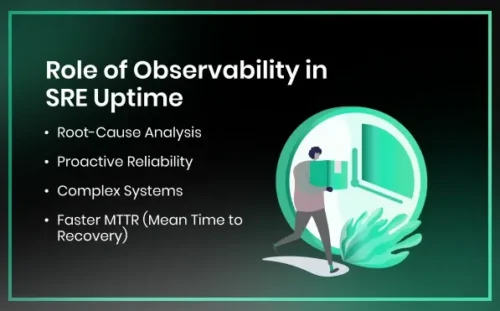
Observability enhances SRE uptime by going deeper:
- Root-Cause Analysis: Traces requests across microservices to pinpoint issues.
- Proactive Reliability: Identifies patterns and anomalies before they cause outages.
- Complex Systems: Handles multi-cloud, containerized, and microservices environments.
- Faster MTTR (Mean Time to Recovery): Reduces downtime by accelerating incident resolution.
For enterprises running global-scale SaaS or multi-cloud platforms, observability is crucial for achieving 99.99% uptime goals.
Why Enterprises Need Both Monitoring and Observability
It’s not an either/or question. Enterprises need both to improve uptime:
- Monitoring answers: “What is happening right now?”
- Observability answers: “Why is it happening, and how do we prevent it?”
Example Use Case
- Monitoring alerts you that CPU usage on a Kubernetes cluster is spiking.
- Observability shows you why a specific microservice is stuck in a retry loop due to a database connection issue.
Together, they provide a complete reliability strategy.
Case Study: SaaS Enterprise Reduces Downtime by 40%
Background:
A SaaS company running multi-cloud workloads relied solely on monitoring (Datadog + CloudWatch). They received frequent alerts but couldn’t quickly diagnose intermittent failures.
Problem:
- SRE teams struggled to identify root causes.
- Uptime SLAs were repeatedly breached.
Solution:
- Implemented observability services with OpenTelemetry and Honeycomb.
- Integrated logs, metrics, and traces into a unified dashboard.
- Automated anomaly detection using machine learning.
Results:
- Mean Time to Recovery (MTTR) reduced by 50%.
- Downtime decreased by 40%.
- SLA compliance improved, boosting customer trust.
Future Trends in Observability and Monitoring (2025 and Beyond)
The landscape is evolving rapidly:
- AI-Driven Anomaly Detection
Machine learning will predict failures before they occur, reducing downtime. - Unified Platforms
Monitoring and observability will merge into a single, end-to-end reliability platform. - Shift to Proactive Reliability
Instead of reacting to outages, systems will self-heal using AI-driven observability. - Integration with DevOps & SRE Pipelines
Observability will become a core part of CI/CD workflows, ensuring reliability is built in. - Business-Level Observability
Beyond infrastructure, observability will provide insights into customer experience and business outcomes.
Conclusion
Monitoring is essential but limited it tells you when something breaks. Observability, on the other hand, provides the context and insights to prevent outages and improve uptime.
The answer isn’t choosing one over the other. The real power comes from integrating cloud monitoring solutions with observability services.
At SquareOps, we help enterprises:
- Build robust monitoring systems.
- Implement cloud observability services across AWS, Azure, and GCP.
- Enable SRE teams to achieve 99.99% uptime with proactive reliability.
Ready to improve uptime and reduce downtime risks?
Book a Free Observability Audit with SquareOps today.
Frequently asked questions
Cloud monitoring tracks predefined metrics like CPU, memory, and latency, while cloud observability provides deeper insights using metrics, logs, and traces to explain why issues occur.
Cloud observability services help detect root causes of failures, reduce downtime, and enable proactive reliability strategies, which are critical for achieving higher SRE uptime
No. Cloud monitoring solutions detect known issues, but without observability, enterprises may miss complex or unknown failures that directly affect uptime.
Observability tools give SRE teams end-to-end visibility into distributed systems, helping them diagnose issues faster, reduce Mean Time to Recovery (MTTR), and improve SLA compliance.
Examples include AWS CloudWatch, Azure Monitor, Google Cloud Monitoring, Datadog, and New Relic’s monitoring features
Popular observability platforms include OpenTelemetry, Honeycomb, Lightstep, Elastic Observability, and New Relic (observability stack).
No. Observability doesn’t replace monitoring it complements it. Monitoring answers what’s happening, while observability explains why it’s happening.
Enterprises can unify metrics, logs, and traces in a single dashboard, implement anomaly detection, and align both monitoring and observability with DevOps and SRE pipelines.
AI-driven observability uses machine learning to detect anomalies, predict outages, and automate incident resolution, improving uptime reliability.
SquareOps provides cloud observability services and monitoring solutions tailored for AWS, Azure, and GCP, enabling enterprises to achieve 99.99% uptime with proactive SRE support.
Related Posts
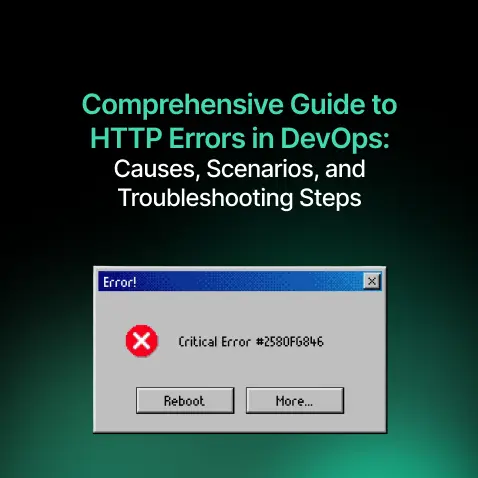
Comprehensive Guide to HTTP Errors in DevOps: Causes, Scenarios, and Troubleshooting Steps
- Blog
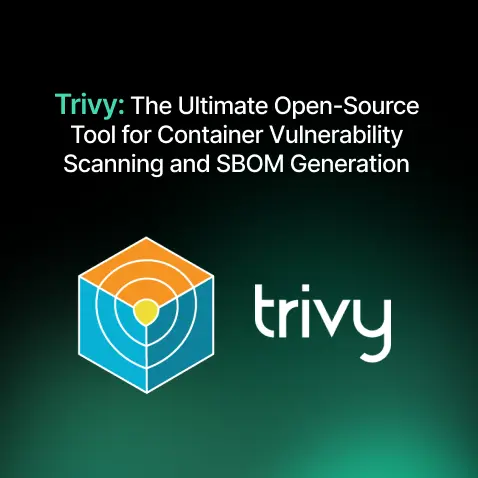
Trivy: The Ultimate Open-Source Tool for Container Vulnerability Scanning and SBOM Generation
- Blog
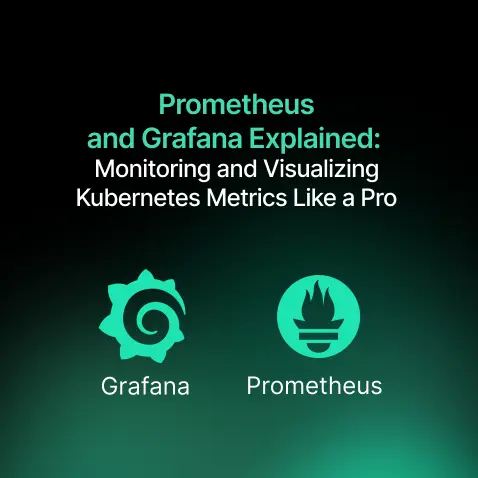
Prometheus and Grafana Explained: Monitoring and Visualizing Kubernetes Metrics Like a Pro
- Blog
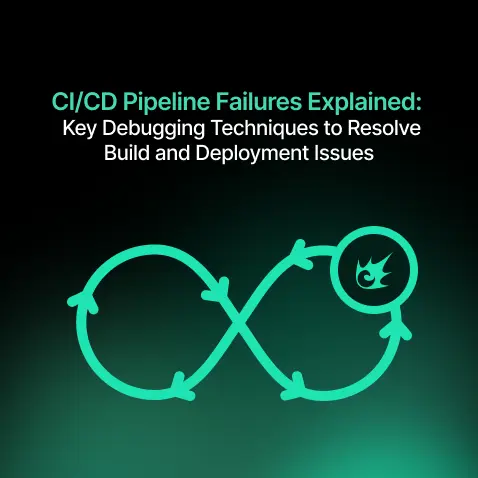
CI/CD Pipeline Failures Explained: Key Debugging Techniques to Resolve Build and Deployment Issues
- Blog
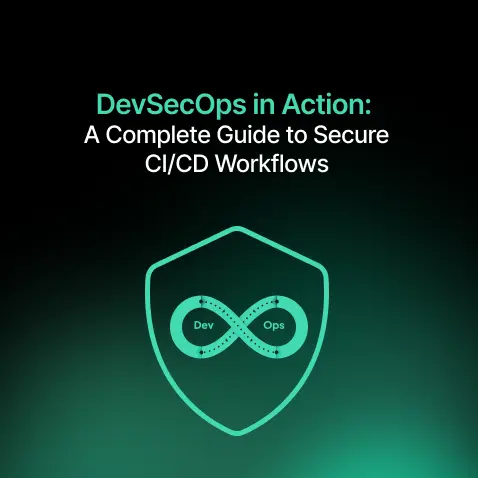
DevSecOps in Action: A Complete Guide to Secure CI/CD Workflows
- Blog
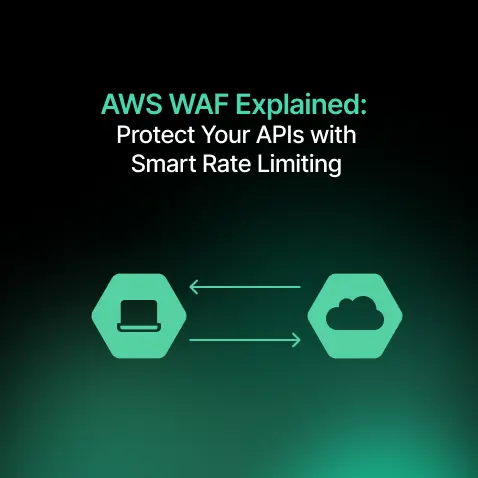
AWS WAF Explained: Protect Your APIs with Smart Rate Limiting
- Blog

